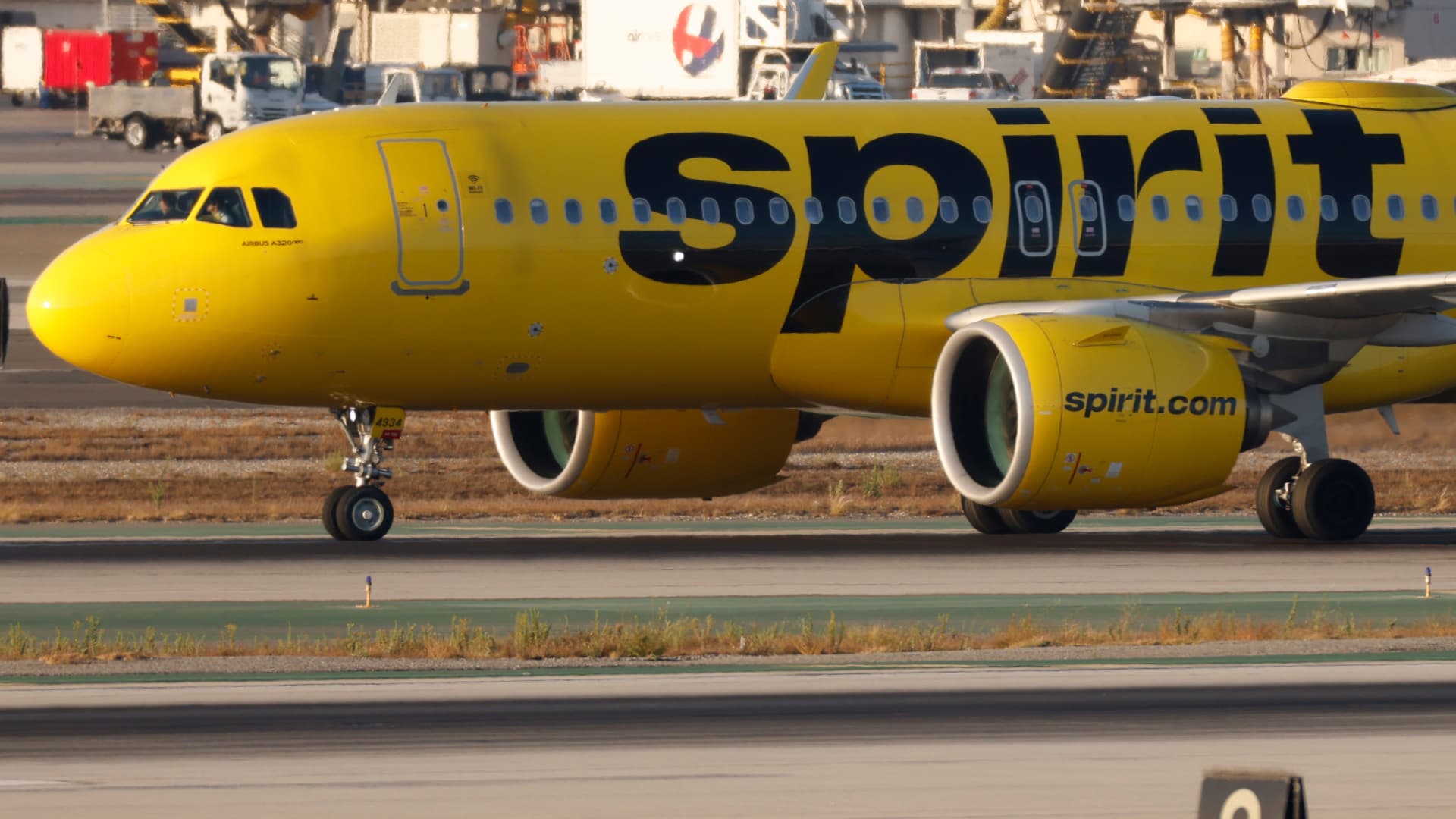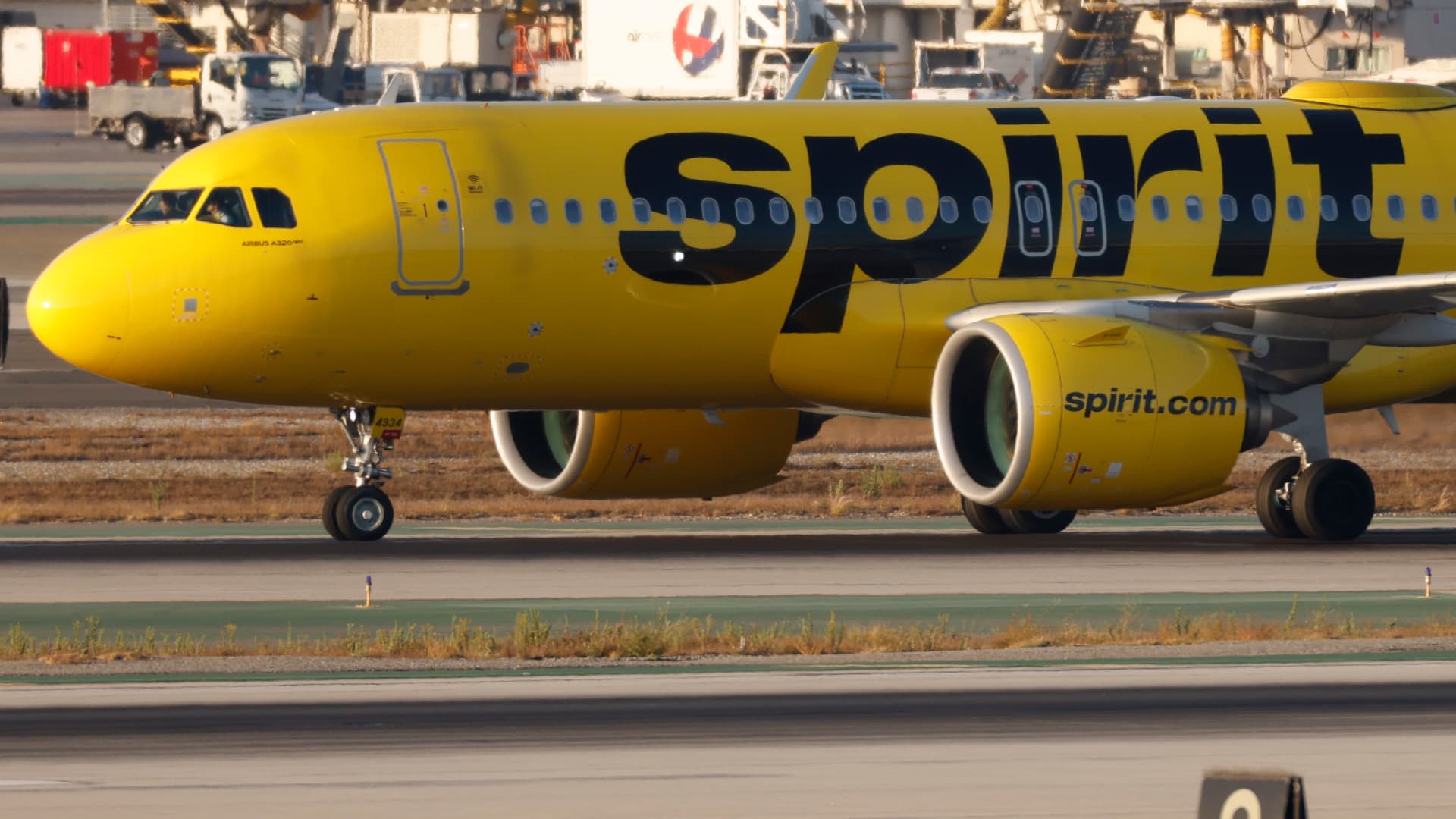Turbulence Ahead: Analyzing Spirit Airlines’ Pilot Furloughs and Strategic Shifts
Introduction
The aviation industry is no stranger to turbulence, and Spirit Airlines is currently navigating one of its most challenging periods. Recent decisions to furlough pilots, adjust its fleet, and realign its strategy have sparked discussions about the airline’s future. This report explores the reasons behind these decisions, their impact on the airline and its workforce, and the potential long-term consequences. By understanding these factors, we can gain insights into the strategies Spirit Airlines might employ to regain stability and growth.
Facing the Fiscal Storm: The Rationale Behind the Cuts
Spirit Airlines’ recent actions are driven by a combination of internal and external factors. The airline’s financial struggles, exacerbated by the COVID-19 pandemic and other industry challenges, have necessitated aggressive cost-cutting measures.
Post-Bankruptcy Recovery
Emerging from Chapter 11 bankruptcy in March 2023 was a significant milestone for Spirit Airlines. However, the road to recovery is fraught with challenges. The airline must demonstrate financial stability to investors and lenders, which requires stringent cost management. Pilot furloughs and other cost-cutting measures are part of this effort to restore profitability.
Reduced Flight Schedule
A primary driver for the furloughs is a reduction in Spirit’s flight schedule. This reduction may be due to decreased demand in the off-season, strategic network adjustments to eliminate unprofitable routes, or a combination of both. Scaling down the flight schedule directly impacts the number of pilots required, leading to the need for furloughs.
Cost-Saving Initiatives
Pilot salaries represent a significant portion of an airline’s operating costs, making them a prime target for cost-cutting measures. By reducing its pilot workforce, Spirit can lower its operating expenses and improve its financial position. However, this approach comes with risks, including potential operational disruptions and damage to employee morale.
External Economic Pressures
Airlines are particularly vulnerable to fluctuations in fuel prices, economic downturns affecting travel demand, and increased competition. These external factors can exacerbate existing financial challenges and force airlines to make difficult decisions. Spirit Airlines is no exception, and its recent actions reflect the need to adapt to these pressures.
Impact on Personnel: A Ripple Effect of Furloughs and Downgrades
The decision to furlough 270 pilots and downgrade 140 others has significant implications for the Spirit Airlines workforce. The impact extends beyond those directly affected, creating uncertainty and anxiety among remaining employees.
Pilot Morale
Furloughs and downgrades invariably damage morale. Pilots facing job losses or demotions experience stress, financial insecurity, and career uncertainty. This can negatively impact their performance and job satisfaction, leading to higher turnover rates and reduced operational efficiency.
Operational Disruptions
While the goal is to align staffing with the reduced schedule, furloughs can still lead to operational disruptions. Experienced pilots are a valuable asset, and losing them can impact training programs and overall operational efficiency. The airline must carefully manage the transition to minimize disruptions and maintain service quality.
Union Relations
Pilot unions advocate for their members’ interests and negotiate contracts that protect job security. Furloughs can strain relations between the airline and its pilot union, potentially leading to disputes and further instability. Effective communication and negotiation are crucial to maintaining a productive relationship with the union.
Community Impact
The impact of these job losses reverberates through the communities where these pilots live. Reduced spending and economic activity can affect local businesses and economies. Spirit Airlines must consider the broader implications of its decisions and explore ways to mitigate the negative effects on its communities.
Charting a New Course: Spirit’s Strategic Adjustments
Beyond the immediate cost-cutting measures, Spirit Airlines is undertaking several strategic adjustments to improve its long-term financial prospects. These adjustments involve fleet management, network optimization, and product enhancements.
Fleet Management
Deferring Airbus orders indicates a cautious approach to expansion. By delaying the delivery of new aircraft, Spirit can reduce capital expenditures and avoid adding capacity when demand is uncertain. This allows the airline to focus on maximizing the utilization of its existing fleet and improving its financial position.
Network Optimization
Airlines constantly evaluate their route networks to identify and eliminate unprofitable routes. Spirit’s reduced flight schedule likely reflects a strategic decision to focus on its most profitable markets and reduce exposure to underperforming routes. This approach can improve the airline’s overall profitability and financial stability.
Product Enhancements
The introduction of a premium class product signals an attempt to attract a different type of traveler willing to pay more for enhanced comfort and amenities. This move is aimed at increasing revenue per passenger and diversifying Spirit’s customer base. However, this could be a risky move for a brand so closely tied to the ultra-low-cost model. The airline must carefully balance this strategy with its core value proposition.
Alternative Strategies: A Look at Potential Paths Forward
While furloughs and cost-cutting are necessary steps, Spirit Airlines could explore alternative strategies to improve its financial performance and employee morale.
Revenue Generation
Focus on ancillary revenue streams such as baggage fees, seat selection charges, and onboard sales can help boost overall revenue without necessarily raising base fares. Innovative partnerships and loyalty programs can also attract and retain customers. By diversifying its revenue streams, Spirit can improve its financial position and reduce its reliance on cost-cutting measures.
Operational Efficiency
Investing in technology and process improvements to enhance operational efficiency can reduce costs and improve on-time performance. Streamlining ground operations, optimizing flight routes, and implementing predictive maintenance programs can contribute to significant savings. These investments can also improve the overall customer experience and enhance the airline’s reputation.
Employee Engagement
Open communication with employees, opportunities for professional development, and employee recognition programs can improve morale and foster a sense of loyalty. Investing in employee well-being can ultimately lead to improved customer service and operational efficiency. By prioritizing its workforce, Spirit can create a more resilient and motivated team.
Strategic Partnerships
Collaborating with other airlines through code-sharing agreements or joint ventures can expand Spirit’s network and reach without incurring significant capital expenditures. These partnerships can also provide access to new markets and customer segments. By leveraging strategic partnerships, Spirit can enhance its competitive position and improve its financial performance.
Conclusion: Navigating Towards Clearer Skies
Spirit Airlines faces a challenging journey, but its future is not predetermined. The decisions made in the coming months will be critical in shaping its long-term success. While the immediate focus is on cost-cutting and financial stability, it’s important to remember that employees are the backbone of any airline. Investing in employee morale, exploring alternative revenue streams, and strategically adjusting its network and product offerings will be crucial for Spirit to navigate these turbulent times and emerge stronger and more resilient. The key lies in finding a balance between financial discipline and investing in its workforce and future growth, ensuring it can once again soar through clear skies.












